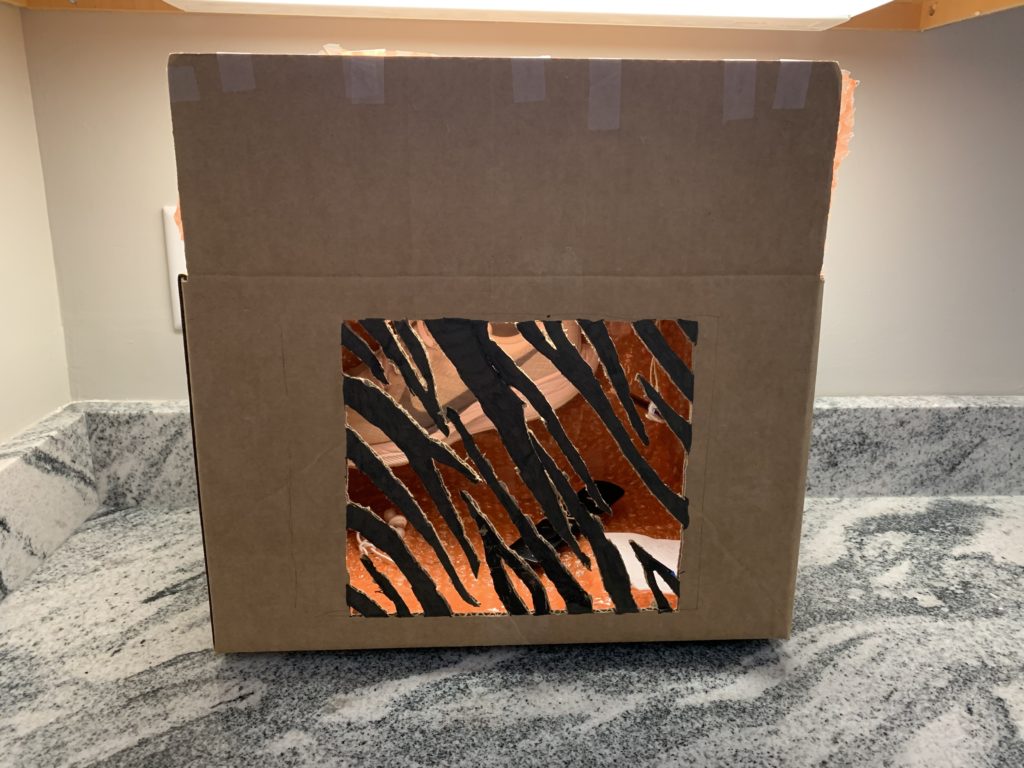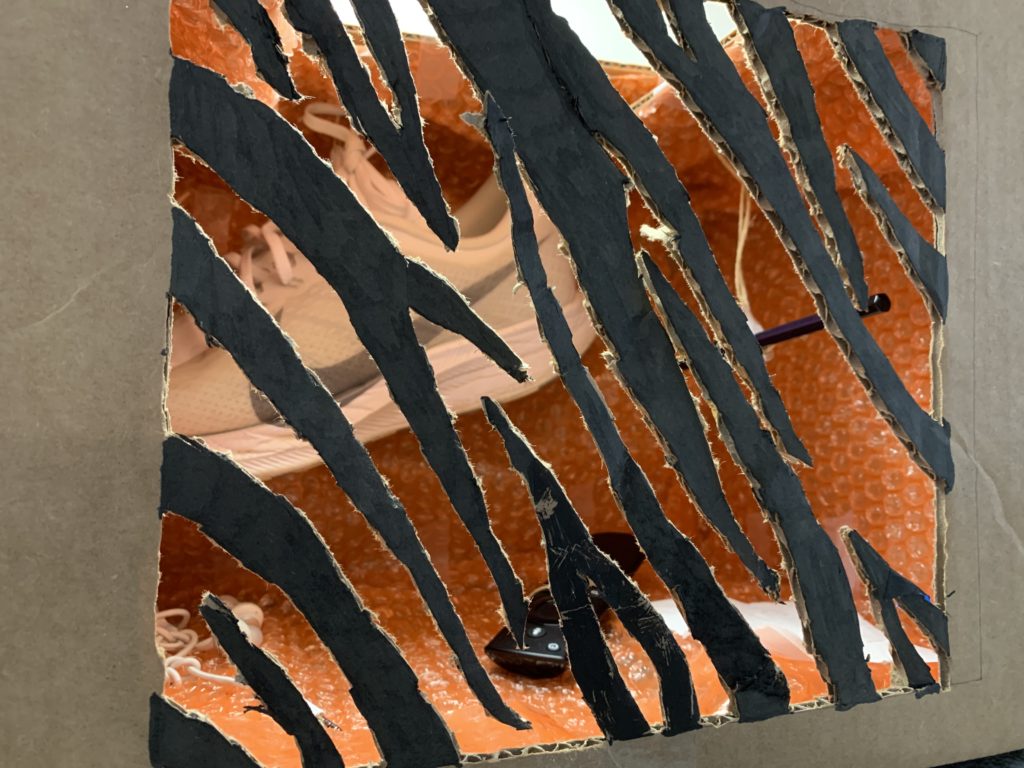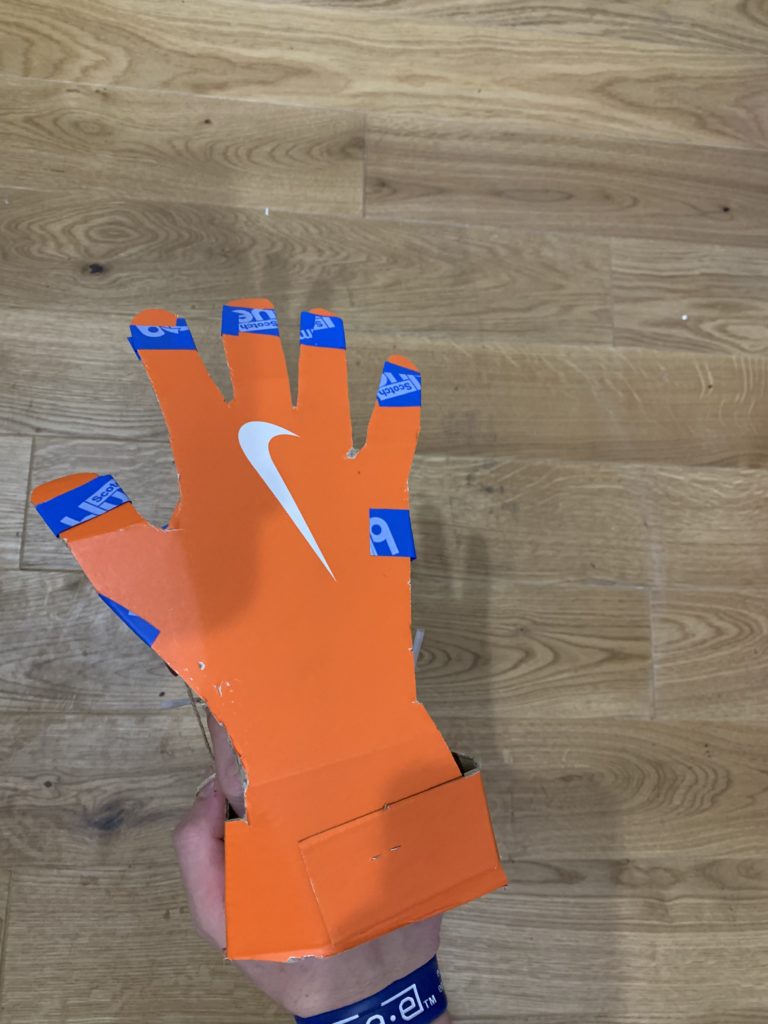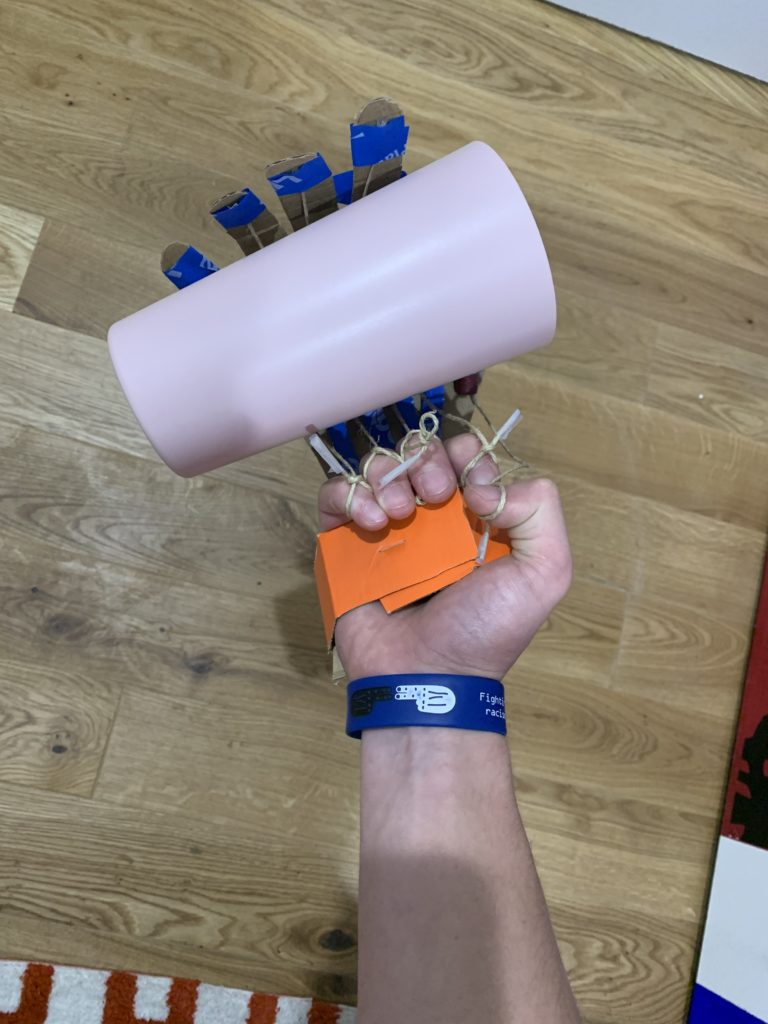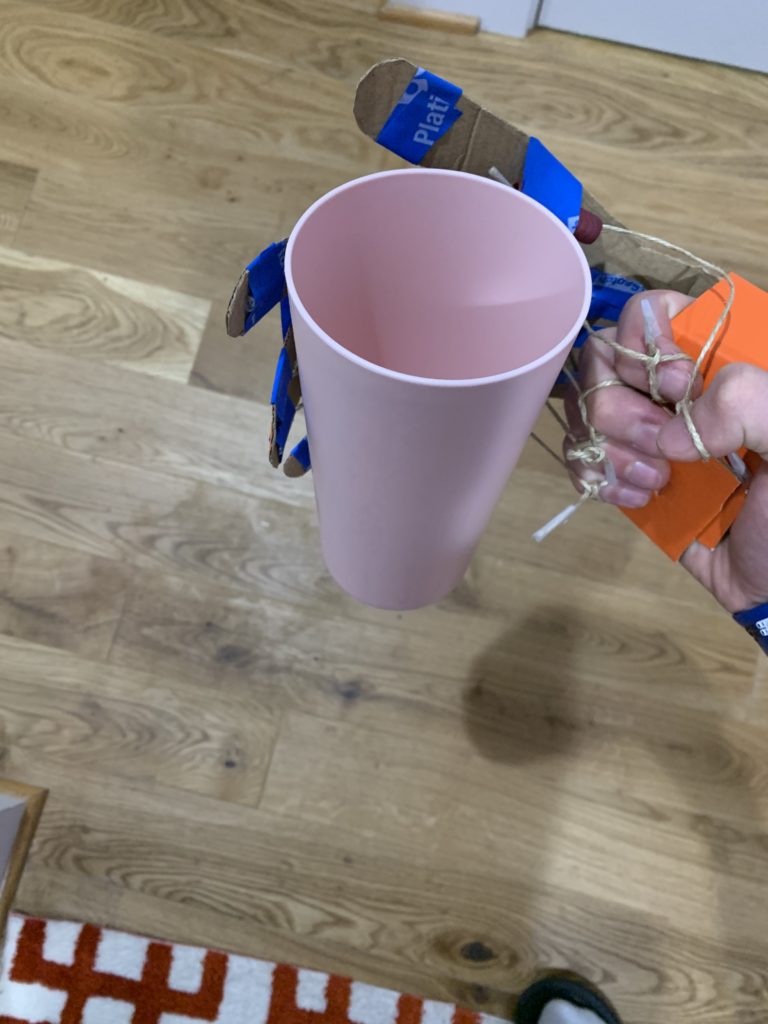- Mine Field – players take turns spinning the wheel to determine the number of spaces they can progress on the board. Each space prompts different actions such as abilities to take lives from other players or earn crowns to ultimately win the game.
- Secret Agenda – players take turns retrieving cards from a deck that prompt them to take action, each action changes what happens with the other players’ hand, changing whats in front of them every round.
- Last One Down – similar to war, players draw cards one by one and flip in unison. however, the cards aren’t numbered, they each have different abilities and powers.
5 Collaborative Card Game Ideas
- Match Maker is a collaborative card game in which the players both compete and collaborate in teams of two in order to determine who can match all the cards in the fastest amount of time.
- Murder Reader is a collaborative card game in which the players collaborate in order to try to figure out who the murderer amongst the group is by using the deck of playing cards that each have information or murder weapons. (similar to clue or among us)
- Silent Hell is a collaborative card game in which players collaborate in silence in teams of 2 or more in order to help their teammates figure out what cards they have in their hand.
- Levels Laboratory is a collaborative card game in which players work all together in order to get cards in order from 1-13 either collectively or individually using playing cards.
- Info Idol is a collaborative card game in which players work together in teams of 2 to give their teammates information and earn a total of 21 points total using playing cards.
Card Game Ideas
- drinking game – win by 5 alcohol shots, each number card has questions attached in rules, and associated alcoholic, water or disgusting beverage.
- bocce ball throwing cards – win by being first to get three closest to joker card, each card has unique ability (retrieve card, draw another card, move card back two feet, forward two feet, etc.
Week 2 Reading Questions
- What Mechanics would you like to use for a game with a theme that revolves around being the size of a nanometer?
When being a size of a nanometer, the game would be fun to make everything around you life size, as if you were looking at the world from an ants perspective. Given these circumstances, adding game mechanics such as a point system or levels that revolve around you avoiding larger obstacles could be a fun concept.
- Who are you making games for?
This answer varies depending on the game concept and objective of the game. You design a game based on mechanics and rules, and the audience you’re designing for follows.
- Who will be your play testers outside of class?
My teammates and friends can be play testers. Given their inexperience with art or game design at all, they will be a good, non-biased group to use for testing.
- Can you think of a game you were able to play without referring to the rules?
Yes, a game like rock, paper, scissors is so simple that you don’t have to refer to the rules. Everyone knows how to play because there is only three options and you can use the game to decide millions of circumstances.
- How do you define what a game is?
You define a game by the rules, objective and mechanics that provide its structure.
- What features can make your games more intuitive?
Features such as color or symbols can make a game more intuitive. It provides the user with a visual representation of good and bad or what to do vs what not to do.
- What was your gateway game? What do you play to introduce others to gaming?
My gateway game was probably five crowns. It is a card game that uses more then the usual amount of cards in a typical deck, and makes you really think about strategy and dealing with luck. Once you keep playing, you pick it up really quick and want to keep playing.
- What features do gateway games share?
Gateway games are easy for a beginner to pick up and play, allowing them to lose their game virginity so to speak. These types of games allow someone to be introduced into a complex world with a simplistic approach.
- What are the 10 beautiful mechanics and what should you aim for with your own?
As stated in the reading, the 10 beautiful game mechanics are Kingmaker’s Noblesse Oblige, BattleTech’s Heat, Set’s set-making, Magic’s card tapping, Battle Cattle’s Cow Tipping Rule, xXxenophile’s popping, Bohnanza’s Hand Order Rule, Mississippi Queen’s Paddlewheels, Time’s Up!’s Communication Breakdown, and Dominion’s Constant Shuffling. I think with our own game, there shouldn’t be one specific thing you should aim for, but rather try to implement a little bit of each mechanic into your game. These mechanics are carefully thought out so that the user is constantly thinking and strategizing. This is one key to a good game.
- How does luck and strategy factor in to game play?
For games such as my gateway game, or in games such as Uno, luck can heavily influence the outcome of a game. However, strategy with said luck is maybe even more important. You have no control over what cards you get, but you do have control over the game mechanics, which cards you do have, and the communication or potential influence on players around you.
Game Ideas
1.) BobbyMoGuessr – a similar UI and concept to Geogueser, you would be placed into a dorm room or enclosed area on campus and with clues you would have figure to where exactly you are.
2.) LogoPlus – a logo is shown on screen, super zoomed in and/or in a different color scheme, you get three guesses, with each wrong answer it zooms out.
What Makes a Good Game?
1.) I think every game should have an objective, as well as a captivating experience that engages the users/players. In one of my favorite board games monopoly, it can get very intense and competitive, regardless of who you play with. That is the type of experience I love and enjoy to play in.
2.) As far as board games, I don’t play too many too often to be honest. However, I like to indulge in a lot of video games such as call of duty and rocket league.
3.) You could definitely apply the three act structure to call of duty. The first act or the setup could be the pregame lobby and the interactions before dropping in to the warzone, which could be climax number 1. Then Act 2 or the confrontation could be the fights or confrontations you have with other players throughout the game. And act 3 or the resolution could be the end scene with the word “victory” across the screen, finishing with the airlift out of the warzone with the winning team in the helicopter.
4.) When designing a game, I usually start with a mechanic because it provides structure and clarity for the rest of the creative process.
5.) I don’t really know everyone else too well yet, so I would have to say I’m open to collaborating with anyone.
Week 5 Reading Questions
- Interaction Design is dialogue between a person and a product, system and/or service through the understanding of problem spaces and what people want and need. The industry provides challenges such as time constraints for project ideas/completion, deciding which problem needs solving, or the designer “being responsible for creating a product that affords, or encourages relationships between a product and a person in a very finite sense”. Chapter Seven also mentions “wicked problems” which are “a form of large-scale social or cultural problem that is difficult to solve because of incomplete, contradictory, and changing requirements”.
- I answered what interaction design is above, but as for how it’s evolving, in Chapter Six it mentions how technology is beginning to become depended on in everyday activities. Kolko says, “Many people view Google or a similar search engine as an extension of themselves” which I see everyday. If you are having a conversation with someone and you both are unsure of a fact or statement that is made, someone simply pulls out their phone and google searches the question at hand. Interaction Design draws knowledge from a lot of user research data, which shows how people use technology on a daily basis and what their habits or tendencies when using technology are.
Thoughts on Chapter Six
I took a couple things away from Chapter Six, including in the beginning the conversation about norms and how they are “unspoken rules” in society. I found it interesting and relatable when it talks about the example of talking on the phone loudly in a tight space such a bus. If things were reversed and that was socially accepted, things would be much different. It also states, “Norms are communicated through societal interactions, including conversation, body language, and other forms of group interactivity”. This is very interesting because it is true. Things such as conversation or group interactivity over time can create a norm.
Another takeaway I had was towards the middle of the chapter when it talked about Invisible Manifestation in relation to judgment, frames, and ethics. It said “most people rarely have the time or awareness to understand how a complicated product is affecting their life”, which I have personally found evident in my day to day life. Things such as our phones play such an important role in how we communicate, navigate, and even do things such as plan our day. Without them, some people’s day may go to shambles.
In relation to this, I spoke about this in a previous week’s reading questions, in the section regarding shifting negative behavior through design it speaks about the “increased dependency on technology with regard to common, everyday activities”. It gives the example “many people view Google or a similar search engine as an extension of themselves” which as I mentioned before is very true. People tend to use technology even when they don’t realize it. How do most people check what time it is nowadays? Their phones.
Week 6 Reading Questions
- Ethnographic tools such as observation or user testing can improve the interactivity of an online banking website. Data could be gathered as to what is looked at most frequently when accessing banking information and then this data can be used to provide a easy-to-use website.
- As discussed in class, there is no correct answer as to “when a design is finished”. However, it can be said that you can always add to an idea, an idea itself is a finished design, or maybe a deadline makes you ‘end an idea’, but in reality a design is never finished.
- A product family that I use regularly is Apple. I use their phones, computers and even Apple TV. Its branding has affected my relationship and experience with the products in a positive way I would say. I love how simple Apple products are and how simply elegant they are design-wise. Apple has provided so many clean-looking products aesthetically that run smoothly and in my opinion have set the curve for technology in the past two decades.
Week 1 Reading Questions
- Apple’s website is designed to emulate their user experience which captivates the user and is very interactive. The colors and animations they use are very pleasing and easy on the eye which provides for a very fun experience for anyone using or simply visiting their website.
As briefly discussed in class, Apple’s website does well to offer assistance to new or returning Macbook users. They have a support tab big and bold alongside all their other main elements such as ‘AirPods’, ‘iPhone’, and ‘Accessories’. When clicking on this ‘Support’ icon, it provides a list of things users commonly need assistance with in order to more easily help them with their needs.
2. My preferred social media is Instagram. The functional specifications of Instagram is to be able to upload, download, and view photos. Also, users are able to perform searches based on account names or photo/video titles.
3. There are many approaches to information design and organization, but the four that I found in the reading are the organization, grouping, ordering, and presentation of content. Examples of these are library science, journalism and technical communication.
4. The Huffington Post’s index page is about 65% navigation and 35% content. Although the content is what jumps out at you when looking at the home page, the content is really only a glimpse of the real story, which you need to navigate to through the link embedded in the content. Google on the other hand is 95% navigation and 5% content because they are known for being a SEARCH engine. Their main job is to provide the user with an easy way to move to what they are trying to find. Wikipedia is a mix of both, but is about 50/50 with content and navigation. They do a nice job of providing a lot of information, but within that information giving you the option to navigate to specific points of that content. Lastly, Etsy is leaning more towards content. They provide about 80% content and 20% navigation. The website is used mainly for content and purchases, so navigating to those items or ideas is a smaller piece to their website compared to something such as Google.
5. After looking at lindor’s website, I was thoroughly impressed. Besides Apple’s website, I haven’t seen one like this. It is very interactive and changes colors when you scroll. It guides the readers eye and focus very well through a linear scroll, but also through their use of color and sizing. Initially the color scheme is very dull and dark with a greenish tint, but as you scroll (which is an instinctive element as a user when using a website) the image brightens and provides a brighter, more friendly and inviting color scheme with more of a light blue tint. As you scroll it is very simplistic and easy for the readers’ eyes to follow whats important. They use a white background and yellow and red boxes to capture their attention.


